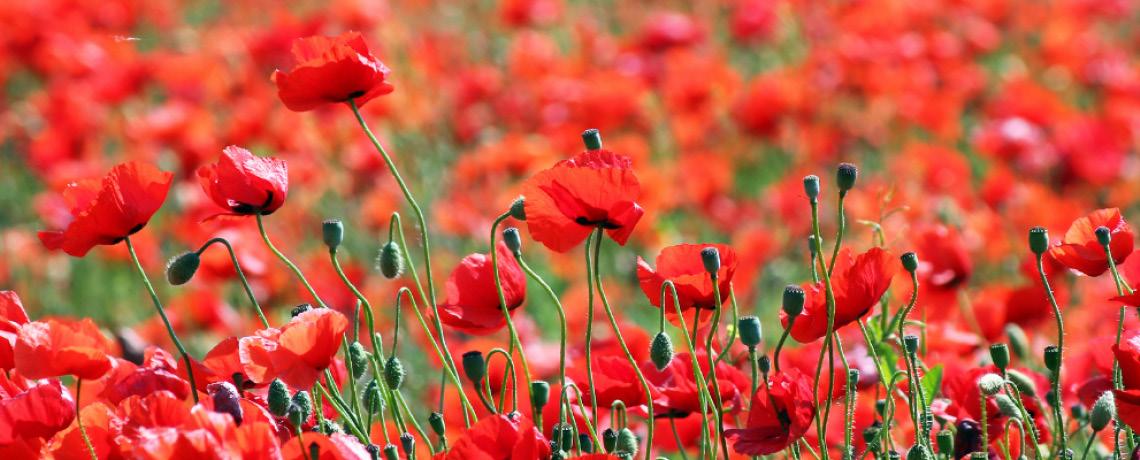
3 minute read
How Remembrance Day strengthens Australia’s national identity
From the editor’s desk
Each year, on the eleventh day of the eleventh month, Australians pause to commemorate those who served and sacrificed in the name of freedom and peace. This year’s Remembrance Day services marked the 106th anniversary of the Armistice that ended World War I, a solemn moment that brought the nation together in reflection. From the grand ceremony at the Australian War Memorial in Canberra to the poppy-lit sails of the Sydney Opera House, these acts of remembrance go beyond simple tradition—they reinforce a shared commitment to values that define the nation.
At the Australian War Memorial, the return to the parade ground for the first time in four years lent an added sense of gravitas to the national ceremony, which was attended by GovernorGeneral Sam Mostyn, Prime Minister Anthony Albanese, and Defence Force Chief Admiral David Johnston. A minute’s silence at 11 a.m. marked the hour when hostilities ceased in 1918, a tradition that reminds us of the sacrifices made to secure peace. These moments are powerful, uniting Australians in a collective pause, and encouraging individuals to reflect on the complex legacy of war and the price of freedom.
In a nation where many take peace and security for granted, Remembrance Day provides a crucial reminder of the fragility of those privileges. By honoring veterans and those lost in conflicts, we deepen our understanding of national identity and acknowledge the sacrifices that underpin our way of life. As NSW RSL president Mick Bainbridge noted, this day is about “taking a moment of silent reflection” to give thanks—a simple act with profound significance, particularly in today’s fast-paced world. When Australians gather at these ceremonies, they are reminded not only of individual acts of bravery but also of the collective courage of generations who believed in the ideals of service, sacrifice, and solidarity.
At the Shrine of Remembrance in Melbourne, the 90th anniversary of this historic monument was also commemorated, drawing thousands of attendees. The Shrine has stood as a symbol of Victorian pride and collective memory since its opening in 1934, when nearly a third of Melbourne’s population gathered for its inauguration. This year’s ceremony included a smoking ritual and a stirring performance by the Royal Australian Air Force Band, honoring both the past and present. Such symbols connect us to the lives of those who fought, and the enduring relevance of their legacy. Each year, this remembrance is renewed, building a continuity of memory that binds past, present, and future Australians.
In an increasingly diverse Australia, Remembrance Day has evolved to acknowledge a wider spectrum of experiences and backgrounds. The inclusion of Indigenous rituals, such as the smoking ceremony at Melbourne’s Shrine, represents a broader recognition of all Australians who served, including those whose contributions were historically overlooked. By embracing these additions, Australia reaffirms its commitment to a more inclusive remembrance, one that honors the contributions of Indigenous veterans who fought to defend a land that was not always fair to them. It’s a reminder that our history is complex, and our acts of remembrance must strive to reflect that truth.










